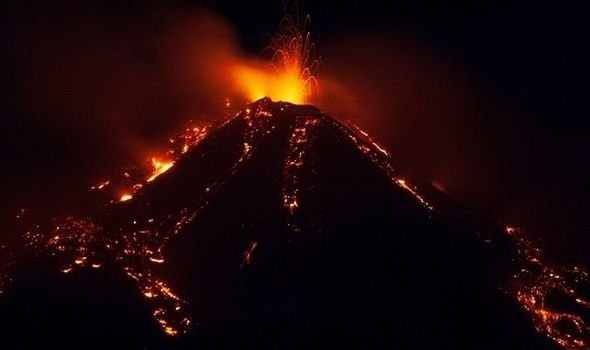ROME — Italy’s Mount Etna, Europe’s most active volcano, erupted with dramatic intensity on Monday, sending a colossal plume of ash, gas, and volcanic rock high into the Sicilian sky after a suspected crater collapse.
The eruption began at approximately 11:24 a.m. local time (0924 GMT), according to Italy’s National Institute of Geophysics and Volcanology (INGV), which detected the sudden explosive activity from Etna’s southeastern crater.
The agency confirmed that the event was likely triggered by a partial collapse on the northern flank of the Southeast Crater, generating a pyroclastic flow — a fast-moving and dangerous surge of volcanic matter and hot gases. The eruption quickly evolved into a lava fountain, while ash drifted southwest, raising aviation concerns.
In response, aviation authorities issued a red alert, estimating the height of the volcanic cloud at 6.5 kilometers (over four miles). However, Catania Airport, located nearby, remained operational as of press time.
While the visuals of the event were dramatic — including images of a thick, grey eruption column and video clips of tourists scrambling down slopes — officials have reassured the public that the situation remains under control.
Renato Schifani, President of the Sicily region, stated that experts had confirmed “no danger for the population”, noting that the lava flow had not crossed into the Valley of the Lions, a popular tourist zone on the volcano’s slopes.
“The partial collapse that produced this spectacular cloud is being monitored with maximum attention,” Schifani said.
Meanwhile, Salvo Cocina, head of regional civil protection, urged tourists to avoid the area “given the potential for further developments.”
Etna, standing over 3,300 meters tall, frequently erupts, often attracting both scientists and thrill-seeking travelers. This latest event serves as a striking reminder of the volcano’s power and unpredictability — a force of nature still very much alive in the heart of the Mediterranean.

 English
English






































